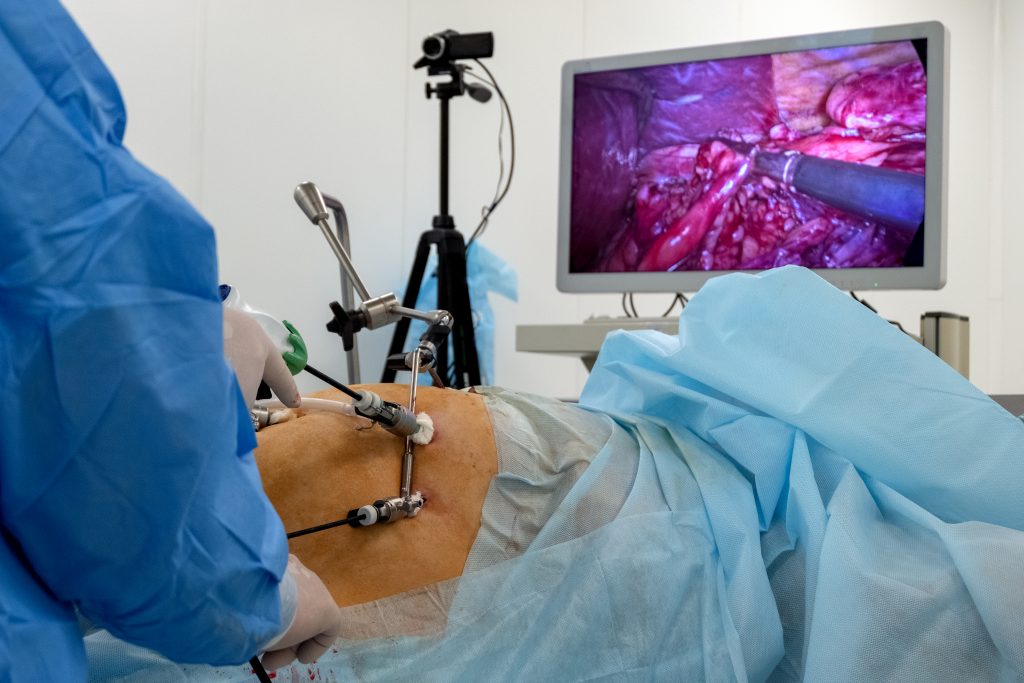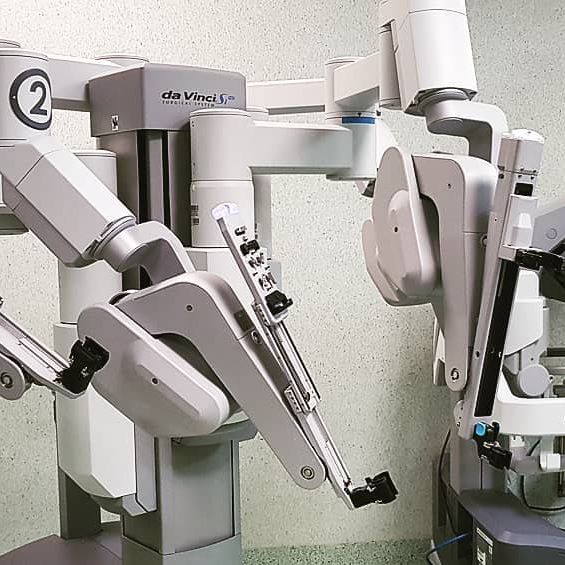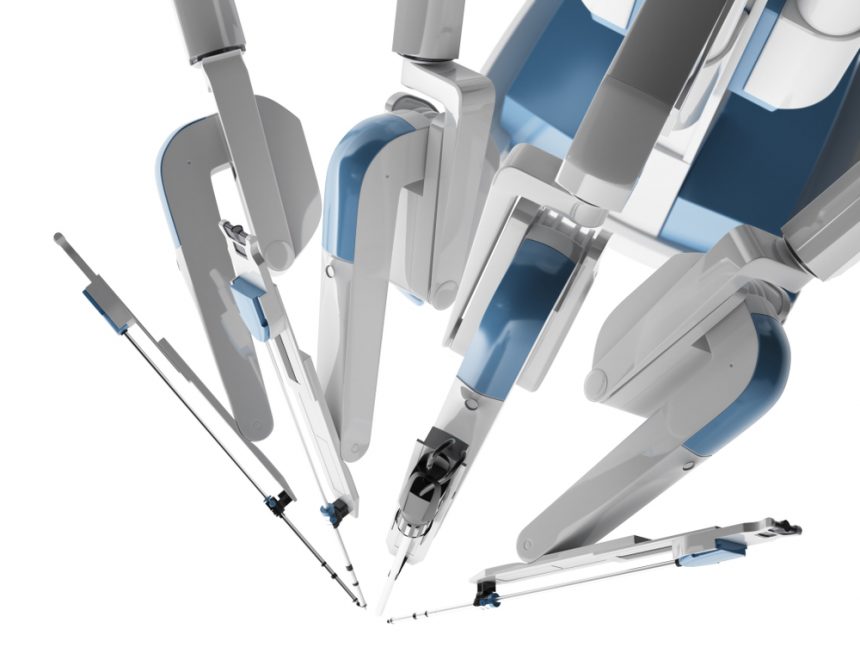LAPAROSCOPY, ROBOT vs OPEN SURGERY?
The term minimally invasive surgery is currently very much in vogue, however, do you know exactly what it is and what its advantages are? Minimally invasive surgery is so called if it is performed through very small incisions or without the need for an incision, it is a surgical technique widely used in the field of Urology and that has gradually displaced open surgery. There are several types and in this article we will focus mainly on conventional laparoscopic surgery and robot-assisted surgery.
Open surgery, on the other hand, has a number of limitations and disadvantages: it needs very wide incisions, usually >5 cm and depends on the organ to be treated; the wider the incision, the better visibility; For example, the lumbotomy renal approach sometimes requires removing a rib, while the prostatic and bladder approach requires incisions from the navel to the pubis. There is an increased risk of infection, especially in overweight patients, increased risk of hernia and weakening of the abdominal wall, in addition to greater postoperative pain, longer resting time, slower recovery and higher later.
Laparoscopic surgery conventional
Laparoscopic surgery consists of placing a camera with light built into the abdominal cavity; In this way, An image of the inside of the abdomen is obtained on a monitor and with the help of External instruments It is possible to perform the exploration and surgery of the organs Internal.

What are the benefits of this surgery?
- The incisions that are made for the Camera placement and instruments are minimal, not reaching 1cm.
- It allows the surgeon to have a view of the Extended surgical field in 2 or 3 dimensions, in addition to the possibility of Treat anatomical areas that are difficult to access.
- Lower risk of infection
- Minor Risk of hernias and eventrations.
- Less postoperative pain.
- Speedy recovery, early and rapid discharge return to physical activities.
Robotic or robotic-assisted surgery
Robotic or robotic-assisted surgery counts Basically with two devices: the patient’s cart that has arms built-in mechanics for camera and surgical instruments, which are They insert into the abdominal cavity and an external console, through which The surgeon can control the robot’s arms. It is very important to note that the robot does not operate autonomously, but that responds to the movements of the surgeon.

What are the benefits of this surgery?
Robotic surgery has all the advantages that laparoscopic surgery has in terms of patient benefits, fewer complications, less postoperative pain, small scars and faster recovery; But also its innovative technology improves the surgical procedure:
- A 3D vision high definition and up to 10 times increased operative field.
- The Instruments are capable of performing a 360º movement, giving greater flexibility and precision to the surgeon’s movements, as well as reducing possible tremor.
- Greater ergonomics for the surgeon.
- Greater control in the surgical technique, both in anatomical dissection and reconstruction. This is a double advantage, both for the doctor and for the patient facing a Less traumatic intervention.
What interventions can be performed? using these minimally invasive techniques in the field of urology?
Today, laparoscopic surgery and robotics have practically replaced open surgery in the field of Urology. There are multiple surgeries that can be performed with these techniques, Here we name the main ones.
- Radical prostatectomy (Excision of the prostate): with better capacity to preserve the muscular, vascular and nervous structures. Decreasing the risk of Incontinence and erectile dysfunction.
- Partial nephrectomy and radical (partial or total excision of the kidney): Enables the approach of tumors larger, with lower risk of bleeding and lower risk of kidney damage.
- Radical cystectomy (Bladder Excision and Reconstruction): facilitates a surgical procedure Highly complex and decreases postoperative complications.
Uros Associats is the largest private urological group in Spain and we have urologists highly specialized in minimally invasive surgery, laparoscopic and robot-assisted technique, among others; If you need more information do not hesitate to contact us.
Dr. Fiorella Roldán Chávez
Staff at Uros Associats

